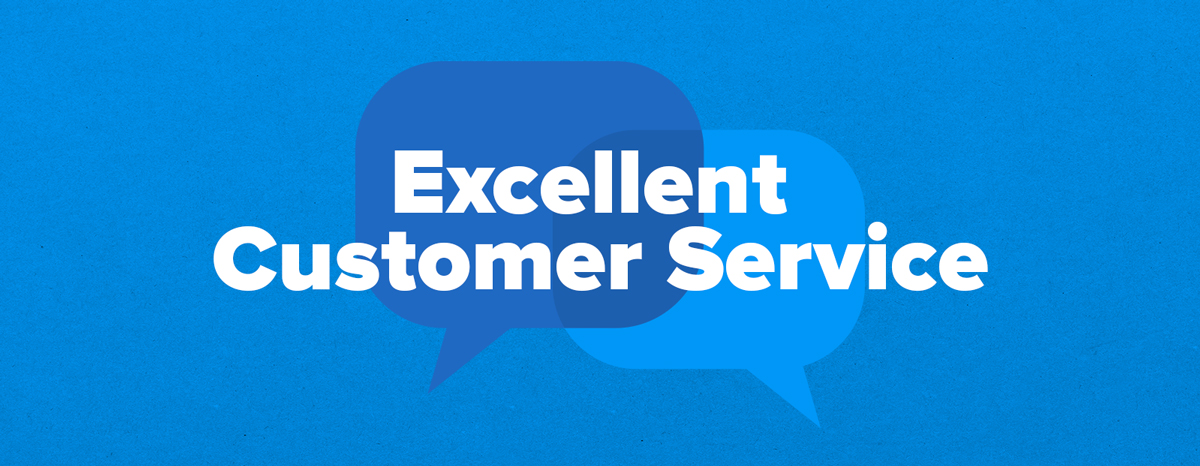
As the adage goes, the customer is always right. And it’s true: whether you’re selling SEO services or cars, customer service is likely to be at the heart of your business. Therefore, providing superior customer service is an excellent way to distinguish you from the competition. While it is unlikely that you will have a large customer service center as a small business, do not despair! Businesses of any size can provide excellent customer service by following these five simple tips.
- Acknowledge your errors
- Develop a personal relationship
- Promote a culture of customer service
- Collect feedback from your customers
- Remain flexible in your response
-
Acknowledge your errors
It is entirely natural for new or small businesses to make errors. While an occasional error will not destroy your business, it is critical that you do not allow errors to cause more harm than necessary. The best way to avoid damage is to handle any errors appropriately. When a mistake occurs, accept responsibility and compensate excessively in your response.
Your objective here is to convert a dissatisfied customer into a repeat purchaser. Disappointment is transient, and if you can impress your customers with your response to their issue, they are likely to spread the word.
-
Develop a personal relationship
As a small business, you may not have unlimited resources or customer databases. It does, however, provide you with an unparalleled opportunity to provide truly personalized responses to your customers. This does not simply mean substituting one customer’s name for another in a template; anything you can say or do to reassure your customers’ counts. By going the extra mile, you can earn your customer’s loyalty, which can be extremely valuable.
-
Promote a culture of customer service
It is pointless to declare that your business values customer service if your employees do not follow through. Make an attempt to share your enthusiasm with the rest of the organization. Often, the most effective way to accomplish this is to establish customer service-related goals. Don’t forget to create incentives to motivate your employees to give their all to customer service.
Consider training your employees. Consider specific scenarios to determine how individuals would respond.
-
Collect feedback from your customers
It can be challenging to perfect your product as a small business. Why not enlist the assistance of your customers in order to improve your offering? After all, they are the best at identifying areas for improvement. It’s a win-win situation: you’ll improve your offer for existing customers, you’ll potentially help attract new customers, and your customer will have the opportunity to provide valuable feedback and feel appreciated.
-
Remain flexible in your response
Another advantage of being a small business is that you can be more flexible in these circumstances. Large businesses must adhere to strict, well-defined rules and protocols. By being more adaptable, small businesses can differentiate themselves and even excel. Naturally, this will not always be possible, and it is critical to maintain a fundamental structure to keep your business organized. However, by occasionally deviating from the script, you can develop a connection with your customers that other businesses cannot.






